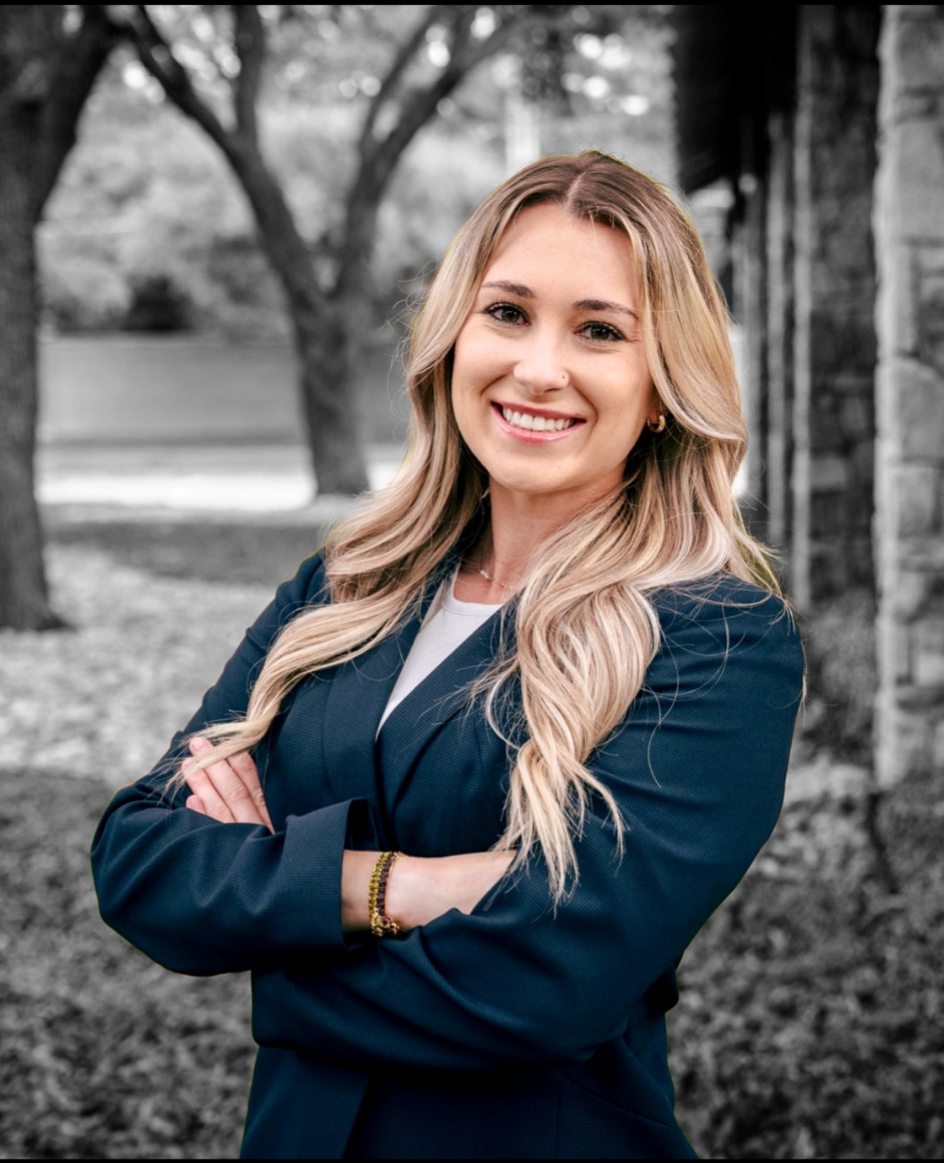FORMING LIMITED LIABILITY PARTNERSHIPS
IN TEXAS
Our Dallas business lawyers help business owners form limited liability partnerships and limited partnerships.
LIMITED PARTNERSHIPS (LPs) & LIMITED LIABILITY PARTNERSHIPS (LLPs)
What Is A Limited Partnership?
A limited partnership (LP) is a partnership in which some or all partners have limited liabilities. It, therefore, can exhibit elements of partnerships and corporations. The “limited partnership” has one or more “general partners” and one or more “limited partners." In an LP, each partner is generally not responsible or liable for another partner's misconduct or negligence; however, a general partner of a limited partnership has the same unlimited liability for partnership debts as a general partnership. An LP is managed by the general partners and not the limited partners.
Our Dallas business attorneys can advise you on a wide range of legal matters, including corporate formation, entity selection, and corporate governance. When you work with our firm, you can rest assured you will receive direct legal counsel from a well-versed lawyer in business, corporate, and commercial law.
Does A Limited Partner Have Liability For The Debts of The Limited Partnership?
A limited partner is liable for debts and claims against the partnership but only in the amount of that limited partner’s capital contribution to the limited partnership. For example, if a limited partner invests $100,000, a limited partner can only lose $100,000. However, a limited partner who chooses to participate in managing the partnership's day-to-day business will lose his limited liability protection. Therefore, management must be centralized in the general partner and not shared with the limited partner.
What Is A Limited Liability Partnership?
A limited liability partnership (LLP) is a general partnership in which the individual liability of partners for partnership obligations is substantially limited. LLPs generally include limited liability protections for certain professionals such as physicians, architects, attorneys, certified public accountants, and veterinarians. It is important to note that not all states permit all types of professionals to have limited liability for professional malpractice. In Texas, limited liability partnerships must meet the following requirements:
- A business name must include "Limited Liability Partnership" or "LLP" in its name;
- Formation documents must be filed with the Texas Secretary of State;
- Specific governmental fees must be paid per partner; and
- Liability insurance of $100,000 must be carried at all times by the LLP.
Whatever your corporate services needs may be, our business attorneys have the talent, resources, and experience to meet them in an efficient, timely, and cost-effective manner.
Need any help?
Additional Limited Partnership Focus
How Do I Choose The Proper Entity Type for My Business?
When beginning a business, you must decide what business forms entity to establish. Some of the most common forms of business are the sole proprietorship, partnership, limited liability company, and corporation. It starts with choosing a name for your company and filing an organizational document listing officers, appointing agents, setting up corporate records, creating bylaws or operation agreements, appointing directors, and even issuing stock or membership interests, depending on your entity choice. There are also tax and liability laws, insurance requirements, copyright and trademark laws, and more that will affect your name and entity choices. Our business lawyers are trained in these complexities and can assist you in making your business dreams come true.
How Do Limited Partnerships or Limited Liability Partnerships Pay Taxes?
A Limited Partnership (LP) and a Limited Liability Partnership (LLP) may pass through taxation on the individual level through a Schedule K-1 to the partners and limited partners. Schedule K-1 is an Internal Revenue Service (IRS) tax form issued annually to invest in partnership interests. The purpose of Schedule K-1 is to report each partner's share of the partnership's earnings, losses, deductions, and credits.
What Is The Difference Between LLP and LLC?
Limited Liability Companies (LLCs) and Limited Liability Partnerships (LLPs) combine aspects of corporations and partnerships; however, they have different management requirements, liability protections, liability insurance obligations, and tax benefits which may vary from state to state. LLCs are either member-managed or manager-managed. LLPs are similar to a general business partnership, and each partner can manage all or specific duties as agreed to by the partners. As for liability, LLP partners are only personally liable for their own negligence and not liable for another partner’s mistakes; however, an LLC member is generally only responsible for up to their initial investment in the LLC.
Importantly, LLCs and LLPs are not recognized as business entities by the Internal Revenue Service (IRS). Therefore, all taxes flow through to individual partners in accordance with their ownership interests through a Schedule K-1. Schedule K-1 is an Internal Revenue Service (IRS) tax form issued annually to invest in partnership interests. The purpose of Schedule K-1 is to report each partner's share of the partnership's earnings, losses, deductions, and credits. You must be certain to check your state's specific law before forming an LLC or LLP.
CLIENT MATTERS
5,000+
YEARS OF SERVICE
25+
Award Winning
Recognized in the legal industry as dedicated board-certified lawyers and Rising Stars.
Expert Team
Your project will be handled by legal experts every time. You will have the most experienced attorneys working for you.











